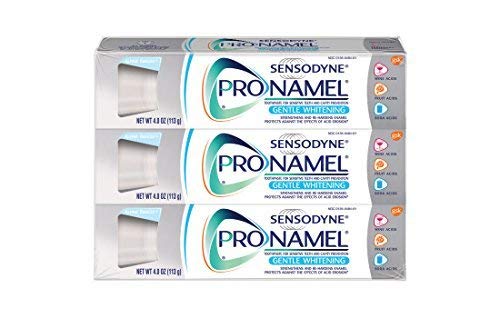Tooth Hypersensitivity
Overview
Tooth hypersensitivity is characterized by a short, sharp pain arising from exposed dentin (i.e., the mineralized tissue of teeth internal to crown enamel and root cementum) in response to a stimulus (heat, chemical, or physical) that cannot be ascribed to any other form of dental defect or disease. Two processes are essential for the development of dentin hypersensitivity:
1● Dentin must become exposed (lesion localization) through erosion of tooth enamel or gingival recession.
2● The dentin tubules must be open to both the oral cavity and the pulp (lesion initiation).
When stimuli such as heat, cold, pressure, or acid touch exposed dentin or reach an open tubule, fluid flow in the dentinal tubule is increased and the underlying nerves are stimulated, resulting in pain.
Although tooth hypersensitivity is self-treatable, toothache is not. It is critical for pharmacists to differentiate between these two conditions and advise patients with suspected toothache to seek professional dental assistance as soon as possible.
Etiology is acne? — A
● A of fa numberctors contribute to erosion of tooth enamel:
● Enamel is resistant to abrasion by normal toothbrushing, but excessive brushing with an abrasive dentifrice (toothpaste) or a medium-bristled or hard-bristled toothbrush can be problematic.
● Enamel may be eroded by extrinsic sources of acid, including acidic medications, foods. or drinks. For example, patients who regularly consume citrus juices and fruits, carbonated drinks, wines, and ciders may be at risk for tooth hypersensitivity.
● Enamel also may be eroded by intrinsic acid — for example, regurgitation of gastric contents into the mouth as a consequence of disorders such as gastroesophageal reflux disease or bulimia nervosa.
● Tooth hypersensitivity is more common in persons with periodontitis or after procedures such as deep scaling, root planing, orthodontic tooth movement, or periodontal (gum) surgery.
● Hypersensitivity may occur as a result of clenching or grinding teeth and from gumline grooves formed by abrasive or inappropriate toothbrushing technique.
● Tooth-whitening products cause mild tooth sensitivity in approximately 50% of patients. This hypersensitivity is transient, occurs early in treatment, decreases as treatment continues, and subsides once treatment is completed.
● Approximately 10% of patients experience moderate sensitivity.
● Approximately 4% of patients experience severe sensitivity.
Signs and Symptoms
● A patient with tooth hypersensitivity experiences pain from hot, cold, sweet, or sour foods and beverages, as well as when hot or cold air touches the teeth. Pain varies from mild discomfort to sharp, excruciating pain.
● If the pain from tooth hypersensitivity is intense, the patient may limit oral hygiene which in turn contributes to plaque accumulation and the progression of oral plaque diseases.
It helps re-hardens enamel to protect against the effects of acid erosion
It also protects tooth enamel from cavities


